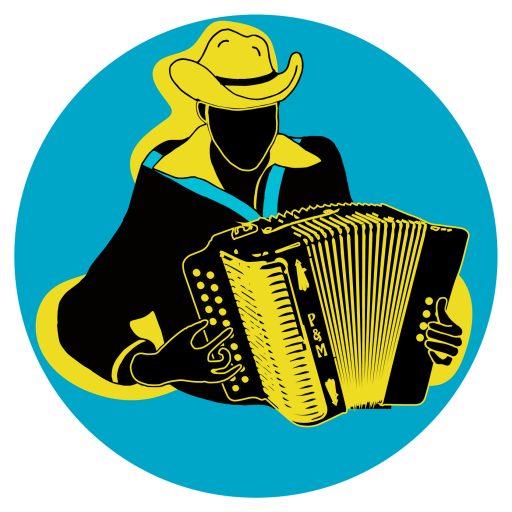By Martin Mulligan/
Even before the governments of Mexico and the United States began tightening the screws on the narcocorrido—even before the war in Culiacán between the Chapitos and the Mayos exploded—the corrido had already mutated. For over two years now, corridos have not been strictly warlike; they’ve become tumbados. What they suggest as violence is more spectacle than conflict; more parade than combat (cartel patrol). These are soundtracks for luxury and Dom Pérignon, not bullets and manhunts. The corrido today is not about war—it’s about exuberance.
But who exactly is voicing this desire? The answer is ambiguous. Sometimes it’s the artist who’s ascended to rockstar status; other times it’s the anonymous hitman narrating his own logbook—how he lives, what he enjoys, what he flaunts. In tumbados, the aesthetics of the party dominate: pink powder, “la tusi” (2CB), triple-washed cocaine, chains, nightclubs, and a choreography of euphoria where power is expressed through consumption.

What emerges is the figure of the alpha: rugged, rich, dominant. The corrido is no longer a heroic tale of the narco; it’s the Instagram highlight reel of the sicario. There’s no longer any epic, no origin story. Just lust, indulgence, and status.
Sometimes you catch a glimpse of which cartel faction the voice belongs to, but that’s no longer the core of the story. These are not narcocorridos; they are corridos of celebration. Not war, but fantasy. What matters is not the operation, but the effect—the aura, the desire, the buzz.
And here, the corrido draws heavily from reggaetón. Gone are heartbreak and betrayal. In their place: hypersexuality, bodies ready and willing, women portrayed as trophies, as “boss babes”, as lascivious queens. There’s a kind of veneration of women, but it’s still consumption. There’s little room for romantic love, and only brief flashes of loyalty or heartbreak.
So what we’re hearing is not really narcocorridos. These are corridos of affect—stories of emotional margins told through the tumbado aesthetic. No morality, no guilt—just survival through spectacle. But this model is becoming unsustainable. Both the geopolitical and aesthetic climates are shifting.
In the coming months—or, more precisely, in the next wave of releases—regional Mexican artists will have to adapt. There won’t be just one path forward. But one of them will find the right direction, and when they do, the rest will follow. Because the corrido never dies—it mutates. And this mutation won’t lead to silence, but to new ways of voicing desire, power, and memory under the growing eye of surveillance.


Leave a Reply